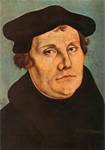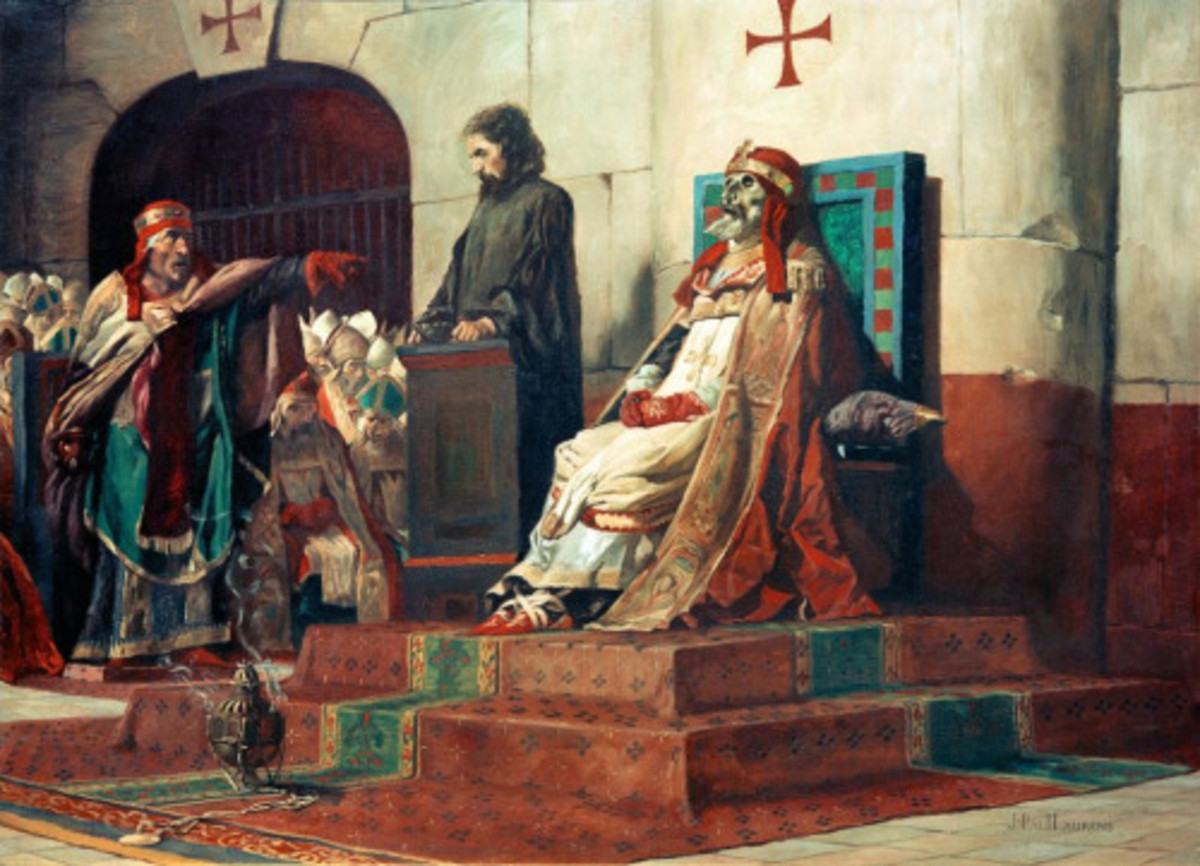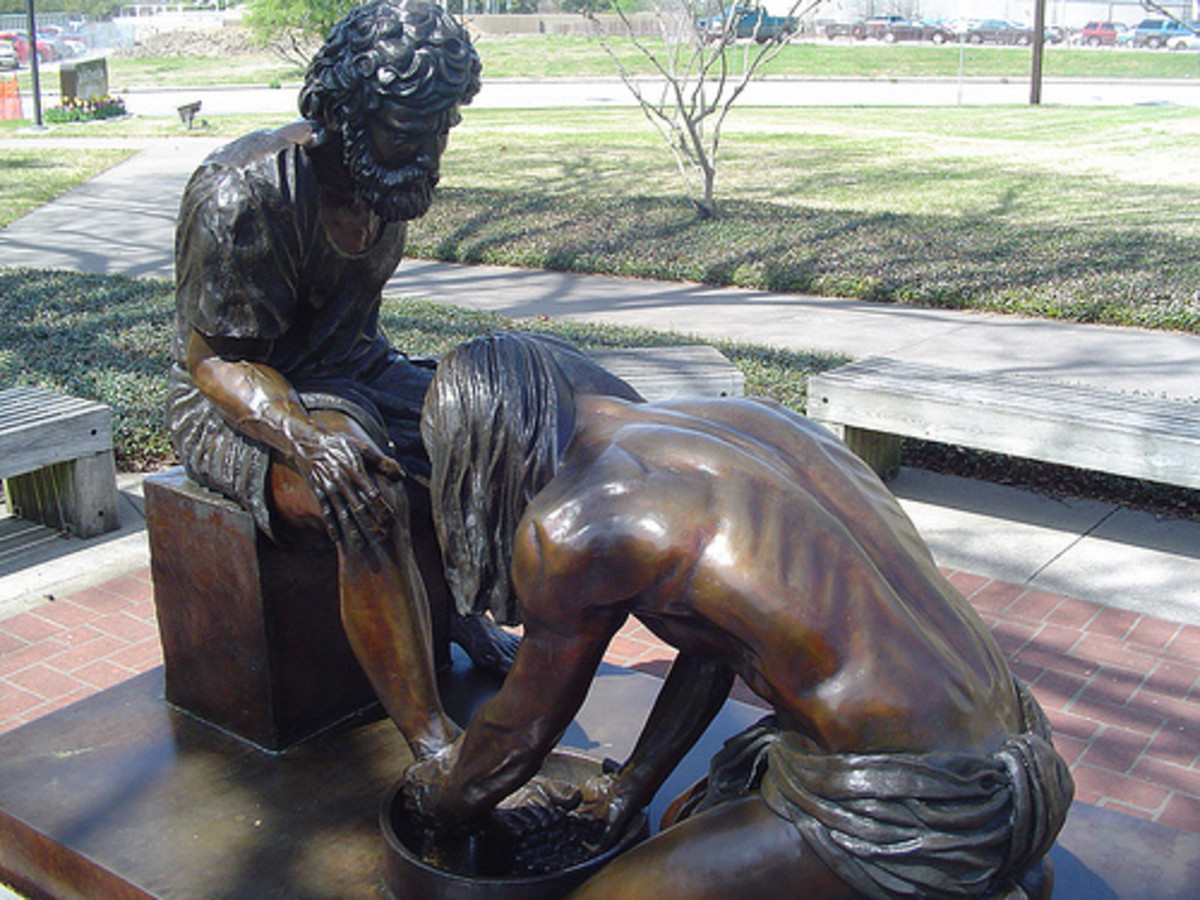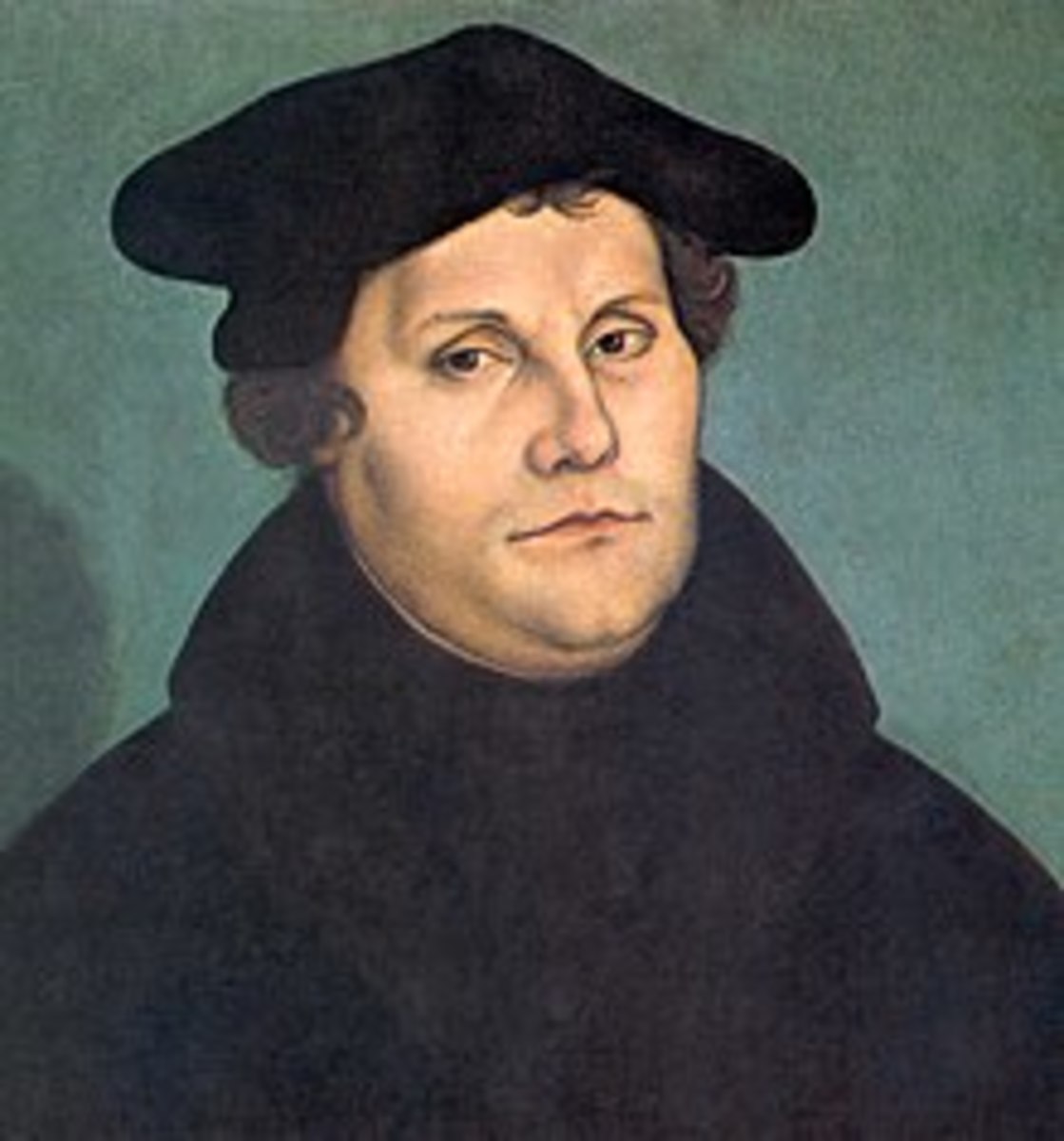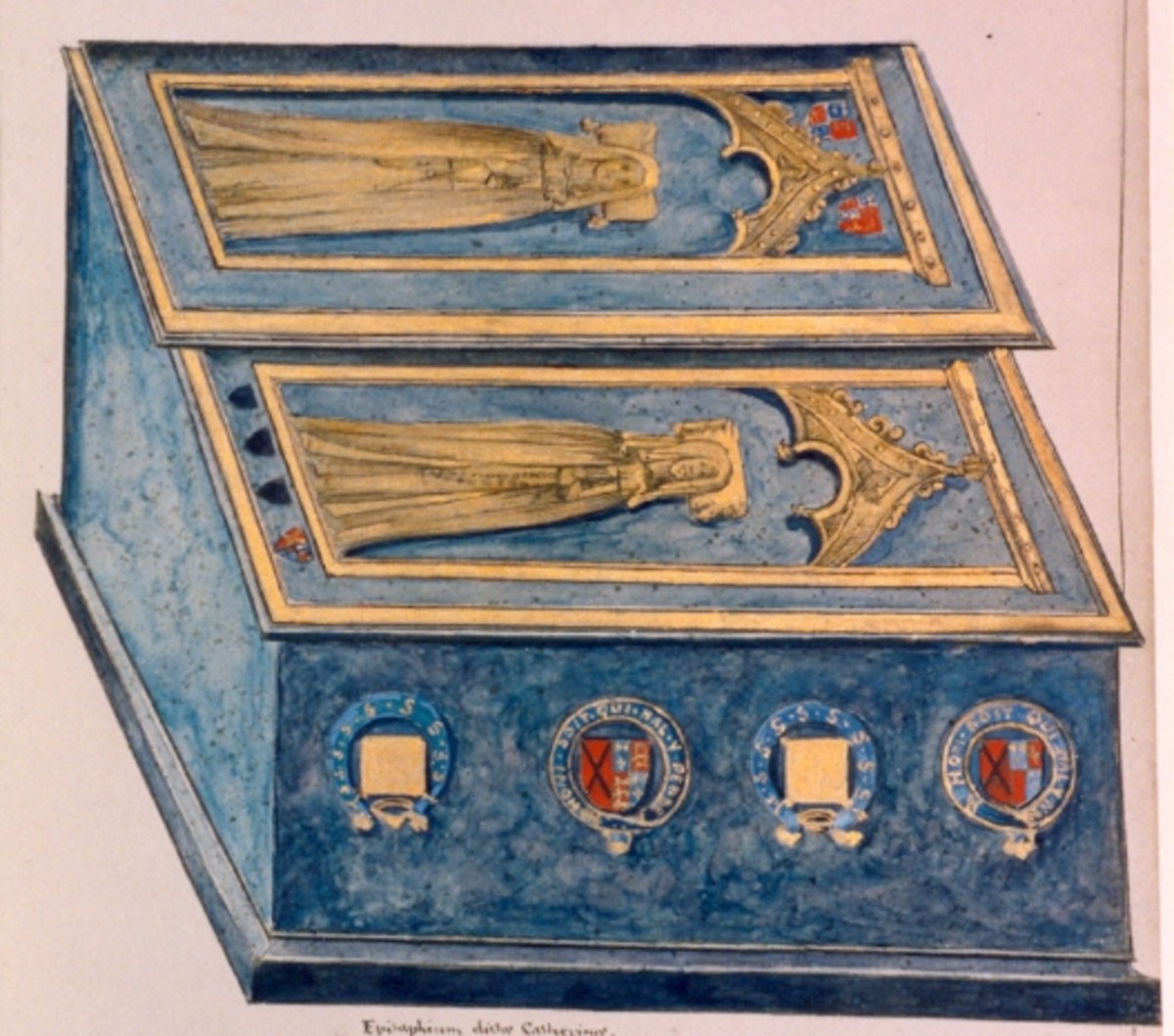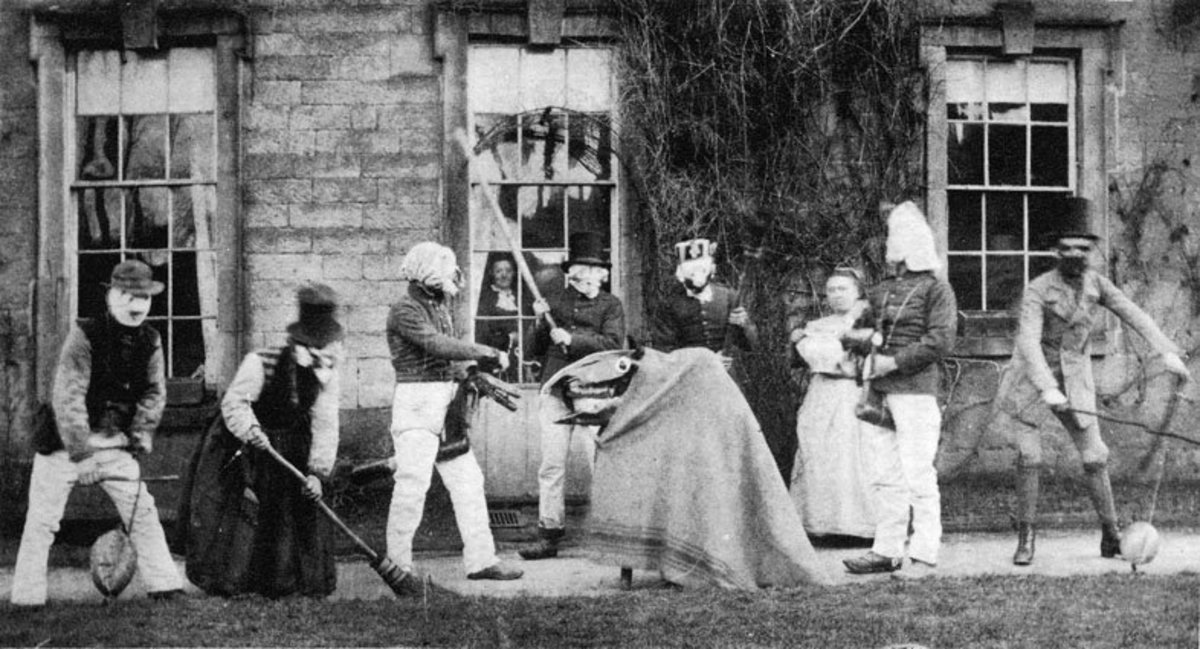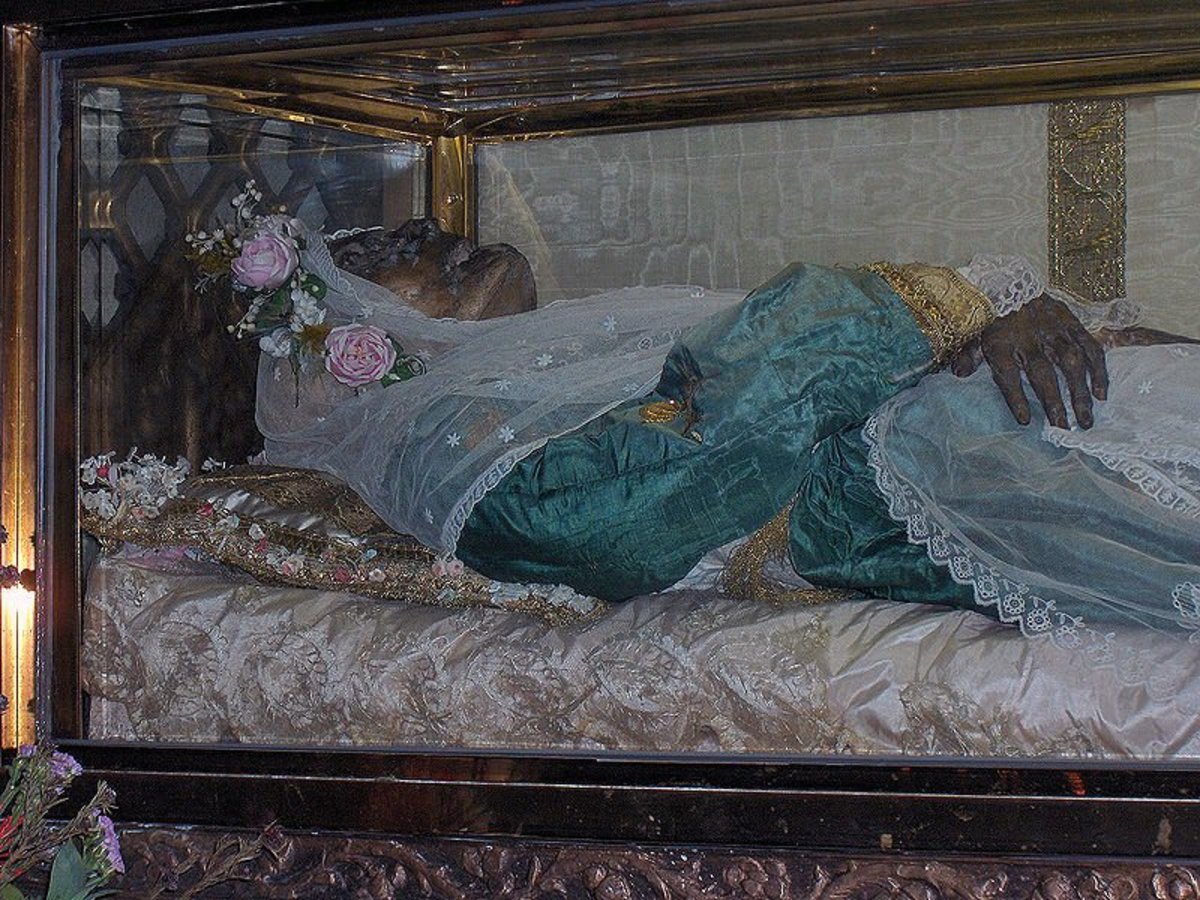A Brief Discussion on the Beginning of the Renaissance and Reformation
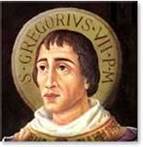
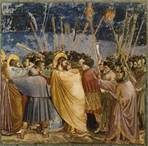
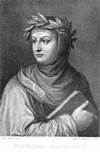
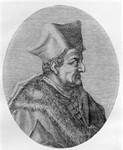
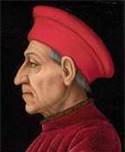
The Renaissance
The Papacy separated into two factions during the Hundred Year War. One Pope stayed in Rome, while another Pope centered his powers in Avignon.
The creation of two Popes weakened the power of the Papacy in Europe and caused great concern over the faith of the layperson. Even though the Papacy remained a central source of European power, the layperson began to question God's authority through the church.
Gregory the VII and Innocent the III created the "fullnes of power" doctrine that gave the Roman bishops absolute authority. Yet the Babylonian Captivity between 1305-1376, that spread the power of the Papacy out of Rome and into Avignon, caused considerable tension on the amount of power the Papacy could display.
The Church trying to redefine its hold began to commision works of art for the Papacy in Rome and in local church's throughout Italy. many artists used this commision to express new opinions in artistic expression.
Giotto's frescoes broke away from the art of the Middle Ages, that created biblical characters void of emotion, and based his figures on the people of Italy.
Mossachio began an in depth study of human form and emotion in his fresco painting "Tribute Money," that placed the scene on a street corner in Italy.
Painting began to reestablish the human figure practiced by the Romans.
Boccacio's Decameron an Petrarch's interpretations of Cicero are examples of the "passion" for the texts of ancient Rome that began to emerge at this time.
Lorenzo Valla's Annotations of the New Testament showed an individual was able to interpret the Bible without the constant supervision of the Papacy.
The power generated by the merchant class, or primarily the De Medici family, provides an example of how power no longer was obtained through church influence but obtained simply by the ability of Cosimo De Medici to use capitalism to gain enormous amounts of wealth and influence in Florence.
The printing press began widespread integration of ancient Roman texts and ideas throughout Italy and Europe. Libraries no longer found themselves within monastery walls accessed by clergy only. Libraries suddenly were in the homes of wealthy merchants.
Whoever could read had the chance to pick up copies of Cicero, Homer, Aristotle, Plato and other important Roman texts. Also the spread of the Bible itself caused a major change in the belief system of the layperson.
The layperson could now create his/her own spiritual philosophies different from the teachings of the Papacy. This would lead into new theological thought that would casue upheavel in the church.
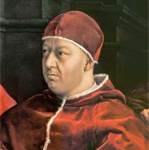
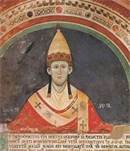


The Reformation
During the Middle Ages the Pope was the supreme authority of God and shared his authority thoughout the hierarchy of the Papacy and lower clergy. The rest of the western world in the Middle Ages accepted this authority and relied upon the Papacy to take care of spiritual needs.
The Catholic community trusted the supreme authority of the Pope and the Papacy, believing that the Pope was working through God. When the Catholic community began to lose trust in the Pope's actions, belief in the Pope as being the supreme authority of God began to waiver.
The loss of faith in the Catholic church's ability to fulfill spiritual needs, led reformers to examine the church's role in christianity.
From the Babylonian Captivity on one can see the position of the Pope becomeing that of a secular monarch not a representative of Christian ideals. The Medici Popes, Leo X and Clement II, used their power for cultural development and not spiritual development.
An outsider to Rome would notice the excessive amount of wealth wasted on luxury during the rule of the Medici Popes. Many pious Christians saw the excesses of the Pope as avarice and not becoming of a spiritual leader of such high status. Therefore the faith of many Christians in the ability of the Pope, whose attention was on wordly things, to fulfill spiritual obligations was dissolving.
In the higher ranking members of the Papal hierarchy pluralism began to run unchecked. Pluralism is the holding of multiple benefices. A prime example of the problem of pluralism is Pope Julius II. Before Pope Julius II obtained his position as Pope he held ten different paid positions, including Bishop of Bologna, and Archbishop of Avignon.
For the communities that lost services due to the absence of clergy practicing pluralism, it would seem that monetary gain had overruled spiritual leadership.
The secular clergy, upset with the Celibacy Act of 1037 by Pope Gregory VII, began to practice concubinage. Some Catholic communities did not frown upon concubinage and it only seemed to pose a problem when the clergy would partake in multiple mistresses.
The monastic communities were considered to be examples of complete spiritual devotion, yet many monastic communities used their new found wealth to buy excessive luxury.
To make matters worse the Papacy demanded more funds through Papal extraction's. The Papacy demanded a tithe of 10% of the earnings of parishioners, including a head tax entitled Peter's Pence.
Within the hierarchy annates were required to fill any of the positions in the higher clergy. Some of the positions in the higher clergy offered political pull within certain families, so the Papacy began the practice of Simony.
Simony, which was considered forbidden, offered the sale of certain higher clerical positions. Some of the Bishops and Archbishops who bought their positions took out loans from wealthy merchant bankers to pay the annate and the simony fee.
The Papacy also allowed the Bishops and Archbishops to sell indulgences to cover the loans. Indulgences offered the purchaser grace and salvation. Therefore the Christian community under the Papacy had to pay a 10% tithe, Peter's Pence, and purchase indulgences to gain salvation, while the Pope and the Papacy lived sinful lives with the money they earned.
All of this increased the tension for reform and the questioning of the role of the Pope and the Papacy as the supreme authority of God. So it was no surprise to see the presence of reformers such as Luther in Germany and Zwingli in Switzerland as consequences of the loss of faith in the role of the Pope and the Papacy as spiritual leaders.
